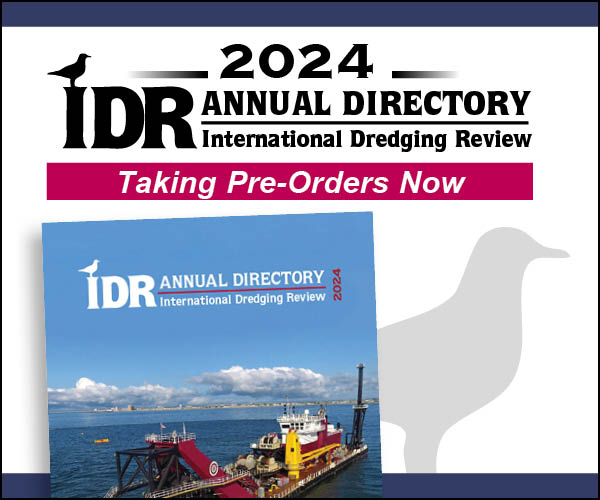Cashman to Resume Hudson River Dredging on May 7

Cashman is using clamshell dredges to load the PCB-contaminated sediment onto 35-foot-wide 195-foot-long barges.
The U.S. Environmental Protection Agency (EPA) announced that dredging on the Upper Hudson River in New York will resume May 7. Cashman Dredging and Marine Contracting will continue work south of Schuylerville towards Troy and also dredge in a two-mile section of river near Fort Miller that is not easily accessed by boat.
.jpg|!|)
The EPA goal for removal this season is 350000 cubic yards in more discrete areas such as shorelines and shallow smaller areas. The material must also be transported via barge several miles and through several locks.
The EPA oversees the dredging project which is being conducted by General Electric (GE) under the terms of a 2006 legal agreement. The New York State Department of Environmental Conservation is supporting EPA in overseeing the cleanup to remove sediment from the river bottom that is contaminated with polychlorinated biphenyls (PCBs). The dredging project which began in 2009 targets approximately 2.65 million cubic yards of PCB-contaminated sediment from a 40-mile stretch of river between Fort Edward and Troy New York.
PCBs were used in the production of electrical equipment at two GE facilities located in Hudson Falls and Fort Edward New York. Over a 30-year period ending in the late 1970s an estimated 1.3 million pounds of PCBs entered the river from the two GE plants. PCBs are potentially cancer-causing chemicals that build up in the food chain.
On March 6 the Hudson River PCBs Site Community Advisory Group (CAG) met to discuss the 2014 dredging plans. After four seasons of dredging CAG reported that more than 1.9 million cubic yards – approximately 70 percent – has been removed; 1.95 million tons of backfill/cap have been placed; and 2.2 million tons of dewatered sediment has been offloaded off-site. The areas completed include Thompson Island Pool Fort Miller to south of Schuylerville and Green Island and Schaghticoke areas. The project also includes ongoing habitat restoration.
EPA said additional dredging will take place this season in land-locked areas between dams. Cashman will dredge around 160000 cubic yards in 29 acres where direct water-transport of the loaded barges to the processing facility isn’t possible due to dams at its north and south end. Cashman is using clamshell dredges loading into hopper barges which are pushed by tugboats to the loading area on the east shore south of the Thompson Island Dam. Material is then off-loaded from the barge in the river and loaded into a barge in the Champlain Canal land-cut. Then tugs push those barges to the GE’s Fort Edward processing facility for rail transport.
Once the loaded barges arrive at the processing facility debris and water are removed. The coarse material is separated from the fine sediment that contains most of the PCB contamination. The coarse material is staged in a pile before being transported off-site by train to a properly licensed landfill. The remaining sediment is pumped to the dewatering facility where large filter presses squeeze water from the sediment. The water is treated to meet water quality standards before it is released back into the Champlain Canal. The remaining sediment and debris are also loaded onto railcars and transported by train to the permitted off-site disposal facilities out of state.
The work in the land-locked section of river is expected to start in June once the site is built to allow mobilization of equipment into the river. Once the work is completed in this area the trans-loading station on the eastern shoreline and the facility in Fort Miller will be returned to their previous condition.
EPA anticipates that the overall project could be completed during the 2015 dredging season. The remaining in-river work includes habitat reconstruction and the closing of the Fort Edward New York sediment dewatering and processing facility which will follow the dredging.



